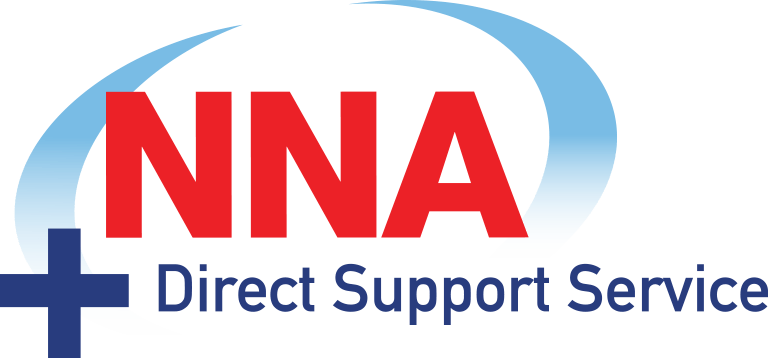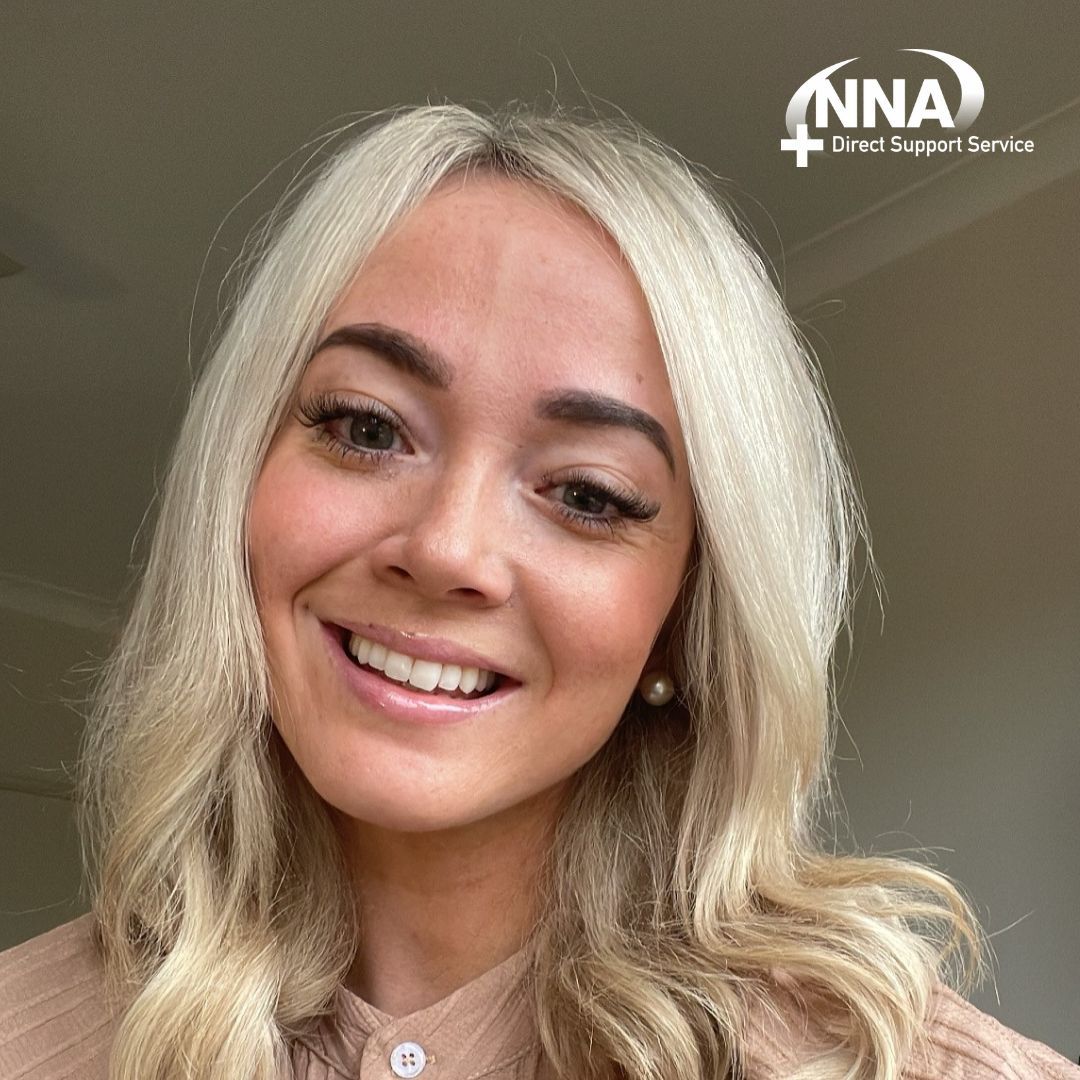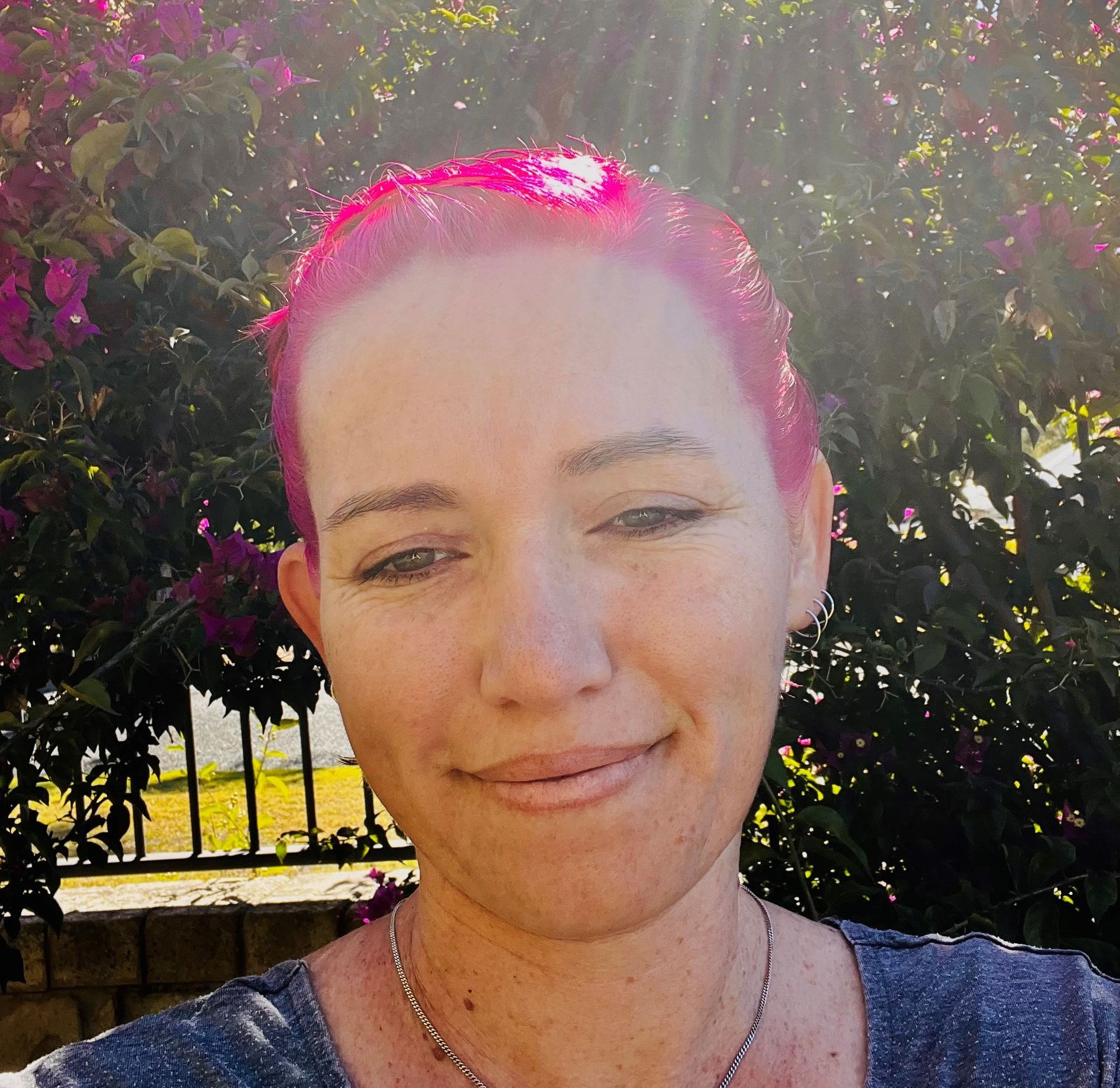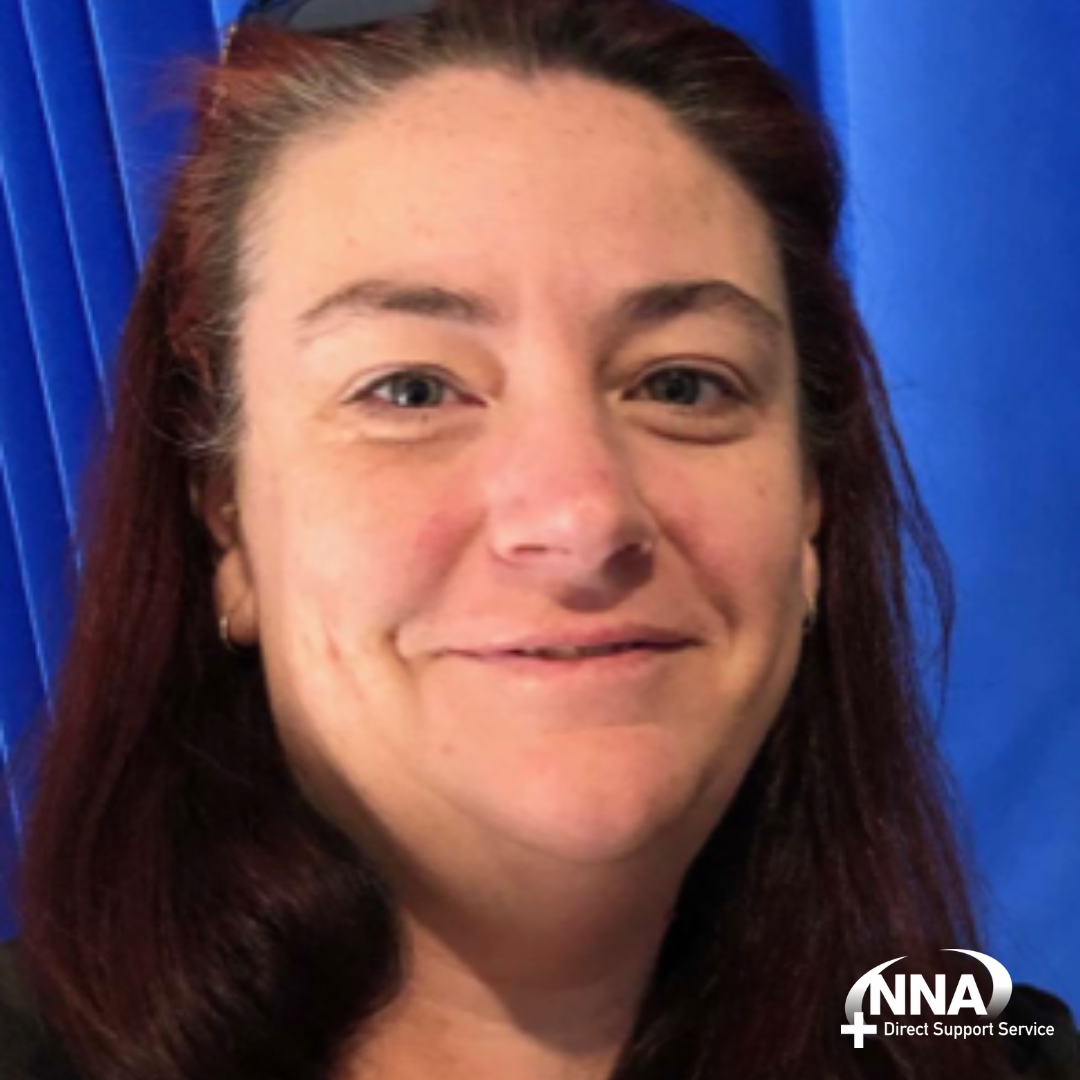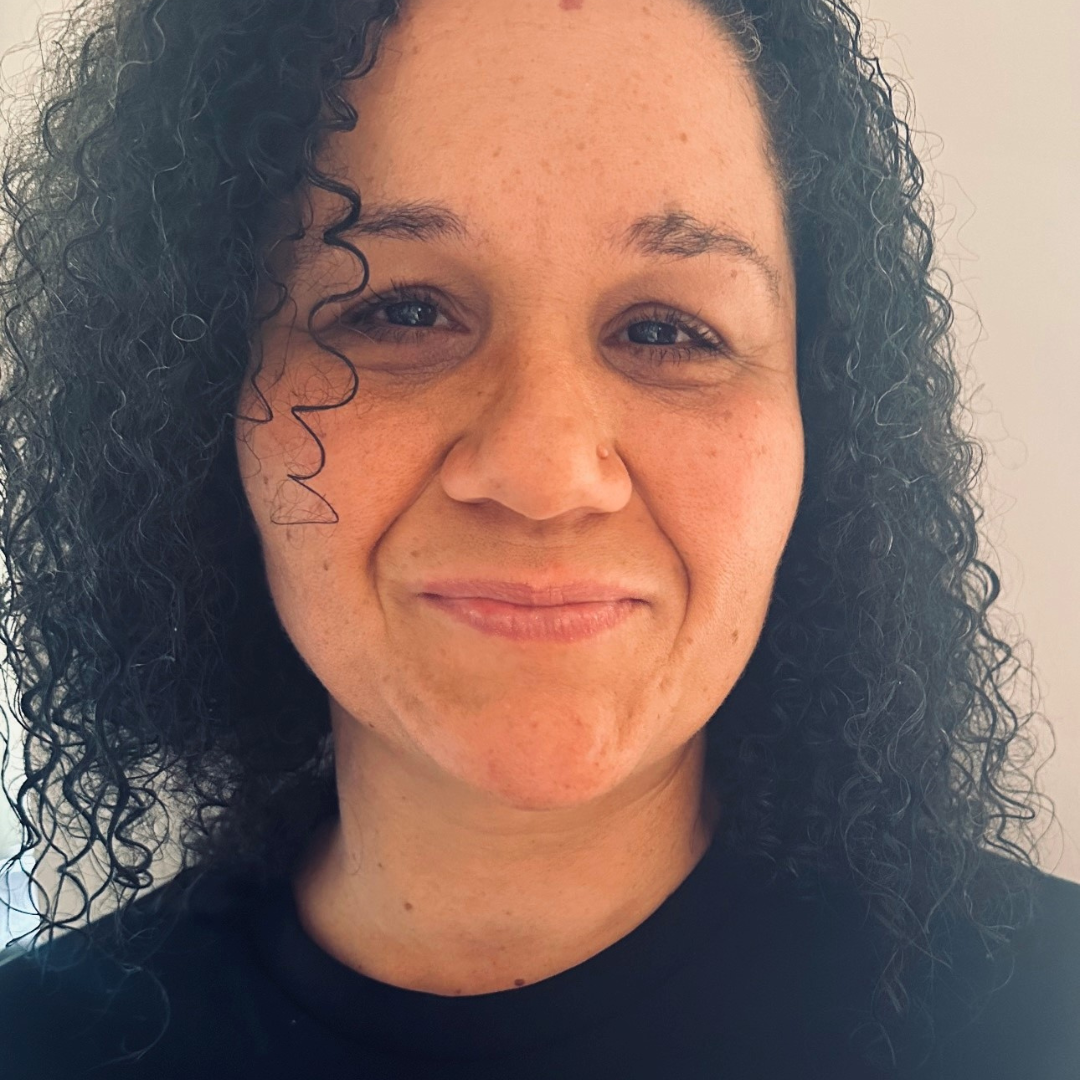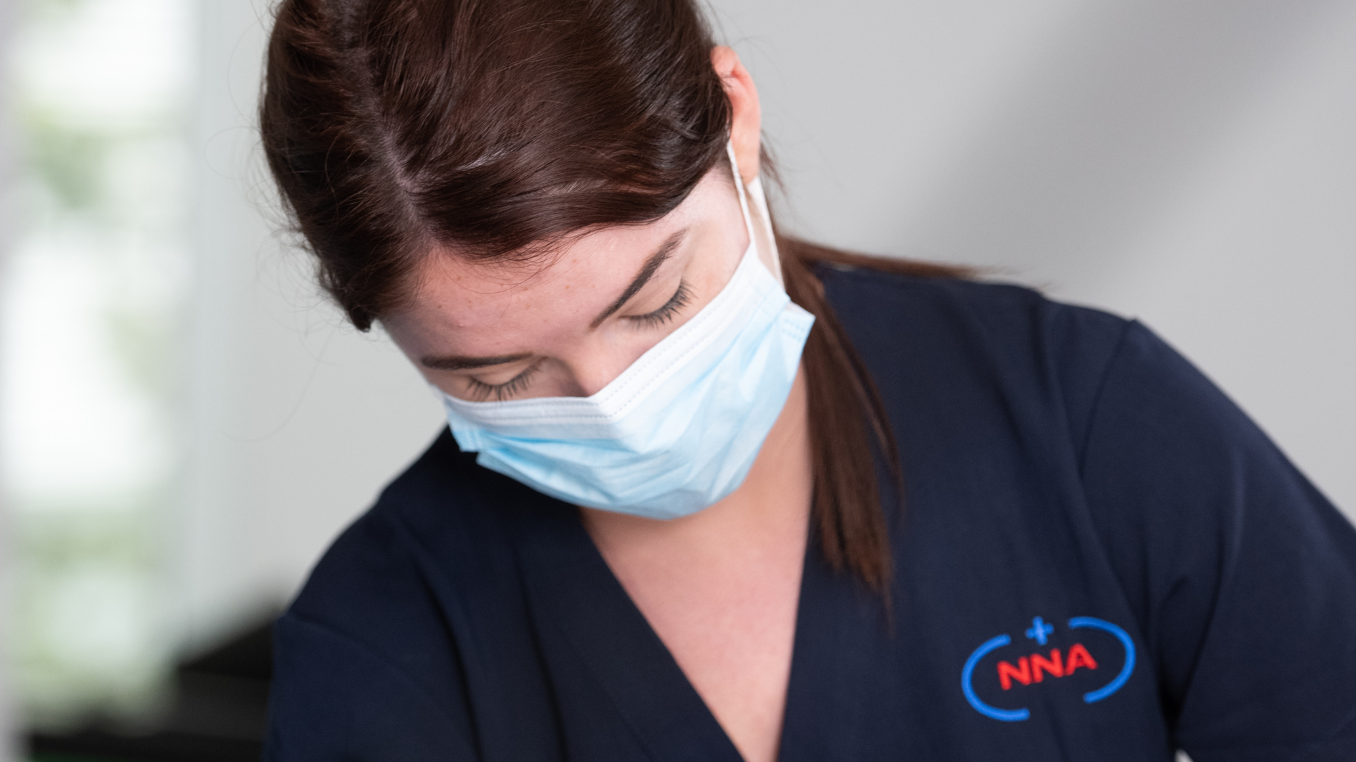How to Adapt the Way Nurses Communicate to Patients When Wearing Personal Protective Equipment (PPE)

Imagine how it must feel for someone needing to be admitted to a hospital or attend a health facility right now in 2022. Whilst feeling sick, tired, and potentially anxious of the current situation, you are greeted by a nurse with kind but weary eyes, peering over an N95 mask, shielded by a barrier of plastic. You’re not sure if this dressed-up staff member is smiling and you’re worried about what’s going to happen next because you’re struggling to hear the plan when spoken to.
Though this scenario is not ideal for anyone involved, we know that PPE is absolutely necessary to slow the spread of COVID-19 and to protect both staff and patients. But there is without a doubt a huge impact on the patient experience with communication greatly affected. This article focuses on the impact of PPE on patients and how to create a plan to better support them, by modifying how we interact as nurses.
The Consequence of PPE - Why We Need to Adapt
PPE can heighten patients' fear, anxiety, and stress as it’s difficult to hear due to reduced speech clarity. It’s also challenging to build rapport as patients find it hard to engage without the usual nonverbal social behaviours, such as handshakes/fist bumps, leaning in, and facial cues. This, combined with the loss of lip reading and pre-existing obstacles such as cultural and language difficulties, makes communication between staff and patients extremely difficult, but not impossible.
A nurse’s role is to develop trust, relay empathy and provide support, which is particularly important when family visits are restricted. It’s time we broke down these barriers, reduced fear and adopted new strategies to communicate effectively if wearing PPE is to continue.
Adapting Your Communication Strategy When Wearing PPE
- Display your name clearly
Your name badge/lanyard is likely covered with your gown so take the time to display your name differently. This may be through a sticker attached to your face shield or handwritten on your gown. Upon meeting the patient for the first time, point to your name allowing them to make a conscious connection. Use the whiteboards in patient’s rooms and consider attaching a laminated photo of yourself to your gown, signifying there is a real person behind the PPE.
- Acknowledge the PPE impact
Recognise how you look to your patient. Start a new encounter by saying, “Now I know I appear a bit intimidating dressed in all this gear, but I do really want to understand what's going on for you and what I can do to help.”
Though wearing PPE is somewhat normal for you, your patient may have only seen this level of protection on television. Take the time to normalise the situation, reiterating the need to wear it to protect them, other staff and the community.
Using mirrors can also be a helpful strategy to not only check your PPE is being worn appropriately but to also remind yourself before you enter a room, what you look like to them and how confronting the situation is.
- Non-verbal communication tools
Use your hands when speaking, face the patient and make eye contact whenever possible. Your body language will become the focal point as they cannot see your facial expressions or read your lips. Avoid folding your arms and darting back and forth around the room. Giving the patient your full attention can make them feel valued and listened to.
- Listen and speak slowly
Pay attention to their questions and concerns and respond in a slow manner. Be mindful of your tone of voice and pressured speech particularly when the patient remains confused despite your attempts at re-phrasing. If misinterpretation is still occurring, articulate your words in another way or seek support from your colleagues.
- Take your breaks
Recharge, visit the bathroom, fuel your body, and approach the next stage of your shift with a clear, open mind. You’ll be a safer and less reactive nurse if you step away and reset for a few minutes.
Effective communication can’t take away physical pain, but it can reduce additional negative impacts of the COVID-19 pandemic. If you require any extra support, please contact the team at NNA on 9966 5514. We are available and ready for your call.
When working in any healthcare settings, please ensure you are following government advice and taking the necessary precautions to keep yourself safe.

